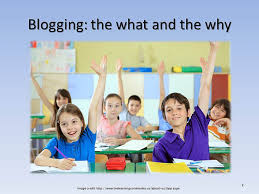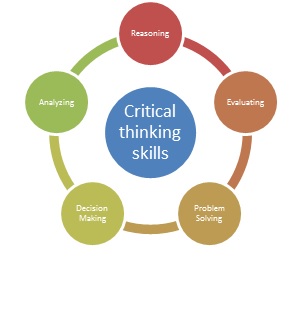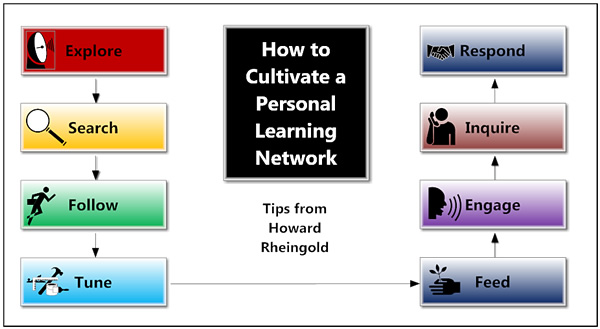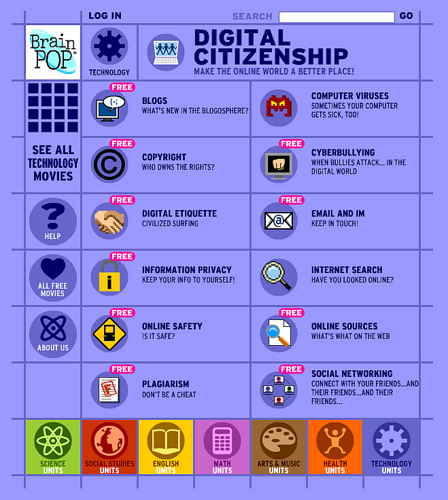
Question for ISTE Standard 2: How can I design authentic learning environments in a high school classroom that allows for students to actively participate in setting their own goals, manage their own learning, and evaluate their own progress? The article I chose is “Teaching with technology: Tools and strategies to improve student learning”, J. Orlando and “The ultimate guide to the use of blogs in teaching” from the Educational Technology and Mobile learning Website.
The first article compared Learning Management Systems with Blogs. Learning Management Systems (LMS) such as Moodle, Blackboard, and 3DGameLab are often used because instructors believe they are integrating technology into their curriculum. In reality all we are doing is spending hours of set-up for both student use and curriculum integration to ultimately present the same content in a different way. The systems are the holder of the content, allowing for “topic centered discussion” (Orlando 2011) and viewed by only one other person, the instructor. Continue reading Educational Blogs: Using Comments as a Tool for Reflection









